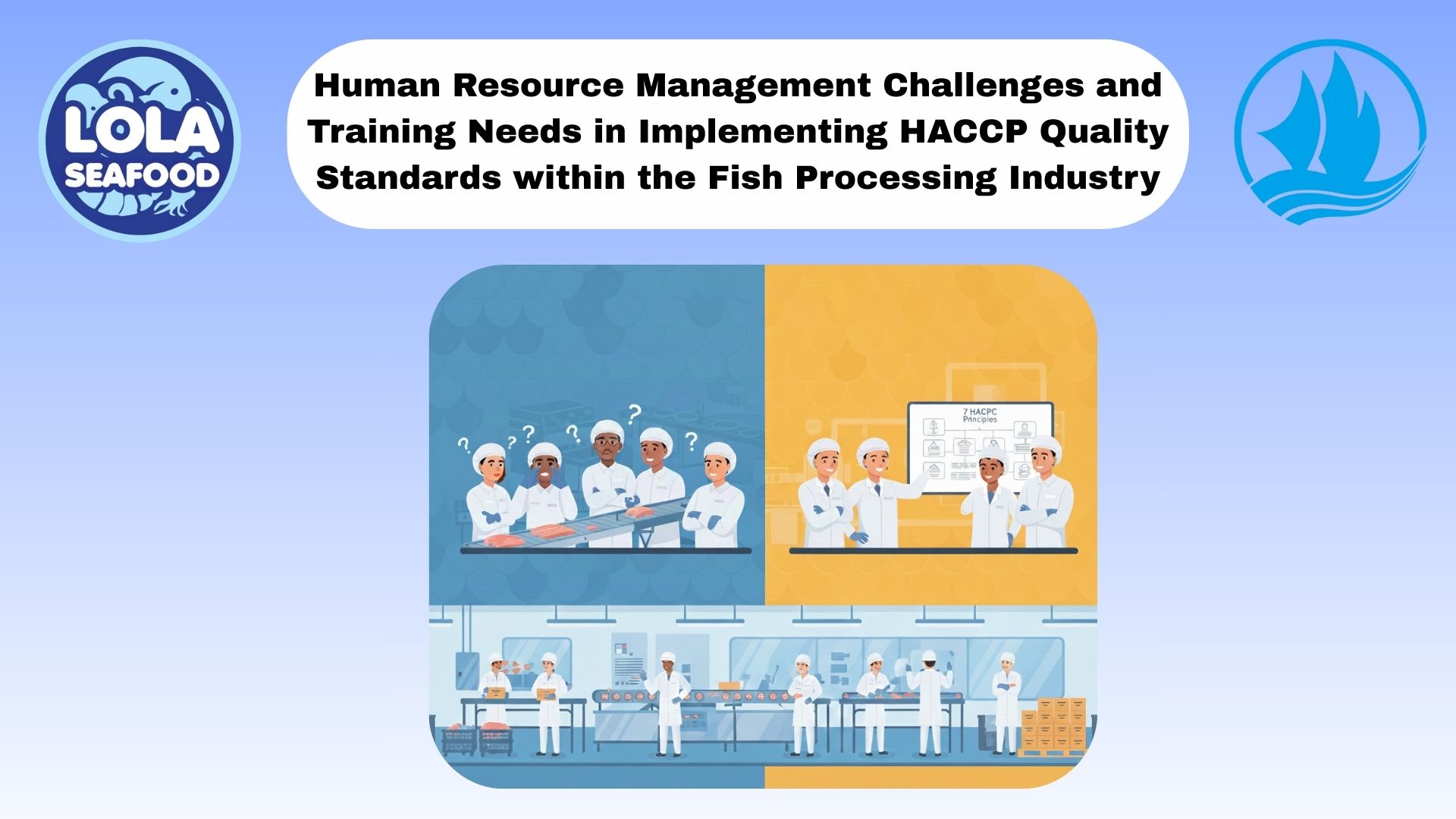Effective Quality Control Measures for Fishery Products
By. Najih - 10 Sep 2024.jpg)
Quality control in the fishery industry is essential for maintaining the safety, freshness, and overall quality of seafood products. Given the perishable nature of fish and seafood, implementing stringent quality control measures is crucial to meet consumer expectations and regulatory standards.
1. Ensuring Freshness
Freshness is a critical factor in the quality of fishery products. To maintain optimal freshness, it is important to manage temperature effectively throughout the supply chain. Fish should be kept at a consistent, low temperature from the point of capture to processing and distribution. Utilizing ice and refrigeration can help preserve freshness and slow bacterial growth, ensuring that the fish remains in top condition.
2. Proper Handling and Processing
The handling and processing of fish are pivotal in preventing contamination and preserving quality. Implementing good hygiene practices is essential to avoid cross-contamination. Workers should be trained in proper handling techniques, including the use of clean equipment and personal protective gear. Processing facilities should adhere to strict sanitation protocols to ensure that fishery products are free from contaminants.
3. Quality Standards and Certifications
Adhering to established quality standards and obtaining relevant certifications can significantly enhance the credibility and safety of fishery products. Certifications such as the Marine Stewardship Council (MSC) or the Aquaculture Stewardship Council (ASC) indicate that the fishery practices meet high environmental and sustainability standards. These certifications not only assure consumers of the product's quality but also promote responsible fishing and aquaculture practices.
4. Regular Inspections and Testing
Routine inspections and testing are vital components of quality control. Regular checks for spoilage, contamination, and compliance with health regulations help in maintaining the safety and quality of seafood. Laboratory tests can detect the presence of harmful substances or pathogens, ensuring that the fishery products are safe for consumption.
5. Traceability
Implementing traceability systems allows for the tracking of fishery products from their source to the consumer. This transparency helps in managing quality and addressing any issues that may arise during the supply chain. Traceability also supports quick responses to recalls or safety concerns, thereby protecting consumer health.
Maintaining high-quality fishery products involves a comprehensive approach to quality control. Implementing these best practices can significantly enhance seafood quality, ensuring that it remains a healthy and desirable choice for consumers.

Optimizing Wild-Caught Fish Logistics: Maintaining Thermal Core Integrity During Long-Haul Transport
.jpg)
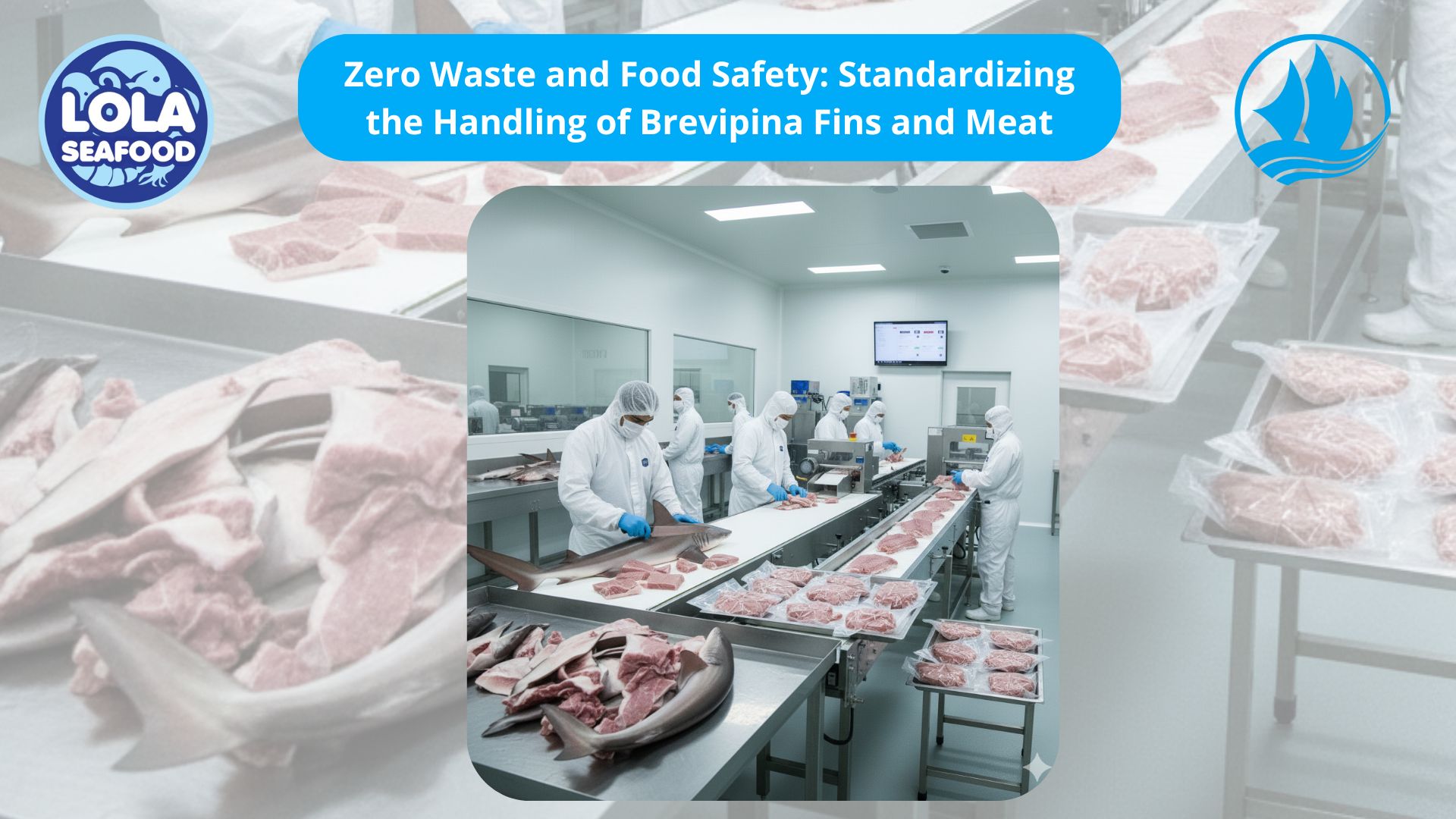
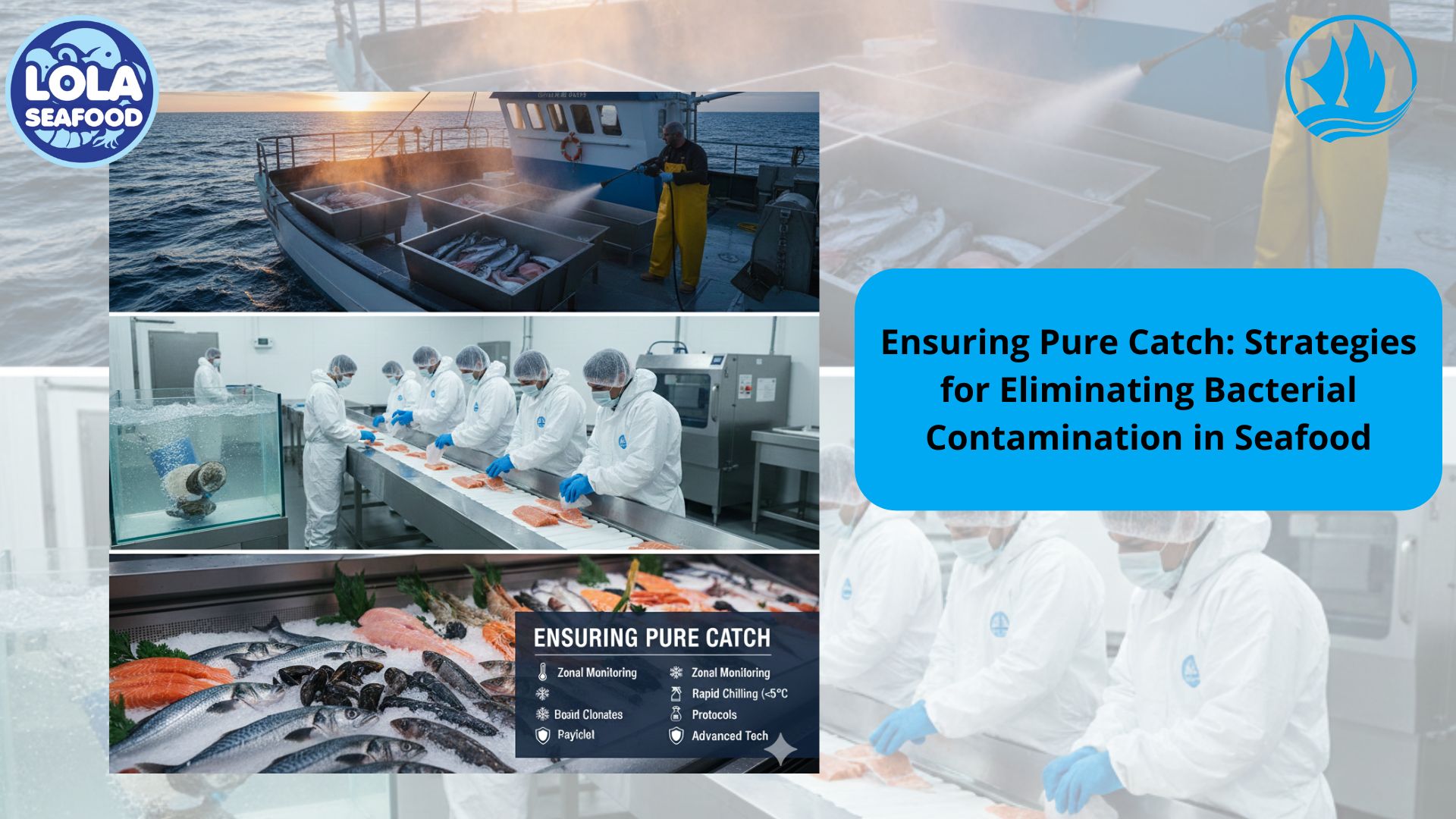
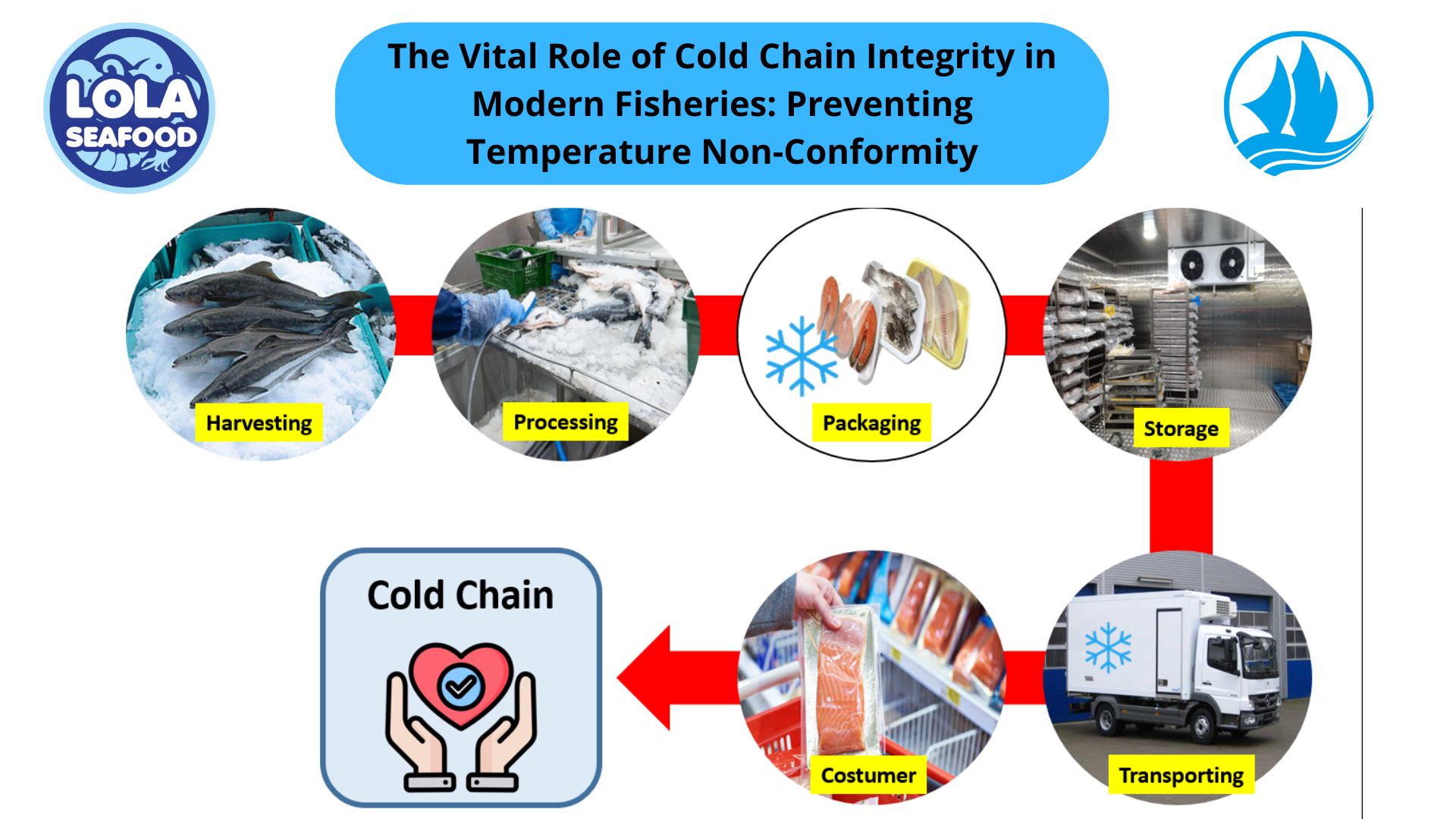
.jpg)
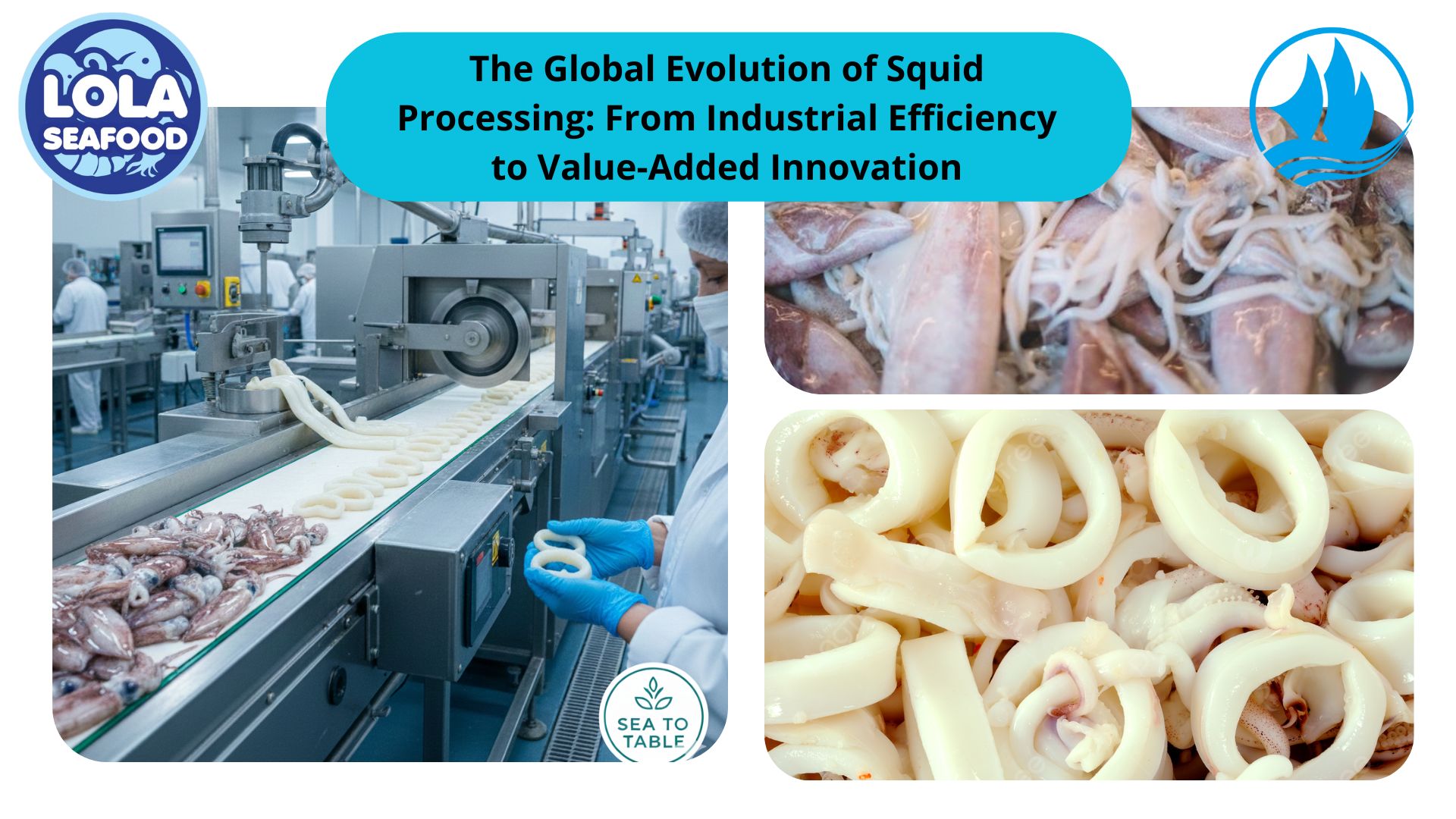
 and Employee Productivity on the Demersal Fish Processing Floor.jpg)
